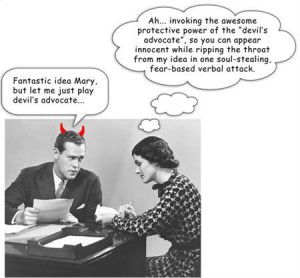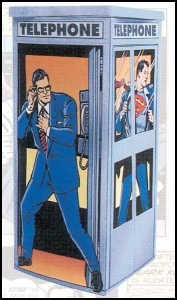Be Careful What You Expect
James K. Harter, Ph.D., the chief scientist of workplace management at Gallup has been investigating the manager-employee relationship and the role stress plays for some years now. His team has found that the quality of our relationships with our managers, and our perception of our workplace as a positive or negative environment can predict, and contribute to, up to 30% of the heart disease that we actually develop. That’s how powerful these relationships are, such that they affect our own health.
A related Yale School of Management study revealed that simply by changing very small things about how managers interact with their teams, and the expectations they have, they can create immense performance differences. For example, in one phase of the study managers were asked to deliver a script read in a negative, neutral, or stressful tone. A second group of managers was asked to deliver the same message in a cheerful or positive tone of voice. As you might expect, the first group not only participated in a more negative and less productive discussion following, but they also understood and comprehended less. The other teams not only were more productive, but they reported enjoying their work more. Imagine that. And remember, both groups were told the exact same information.
Shawn Achor and his team at Harvard conducted another related study in which they identified individual managers in a large group as having either a “theory x” disposition or a ‘theory y” disposition. Theory X managers believed that employees essentially found work to be toiling, only performed for the money, and had to be constantly watched or they wouldn’t perform. Theory Y managers believed that people were intrinsically motivated, creative, and could best decide how to get their work done with little supervision. What they found was that Theory X managers had Theory X employees, and Theory Y managers had Theory Y employees. Interestingly, as they followed these managers over time as they moved into leading different teams, the researchers found that the managers had the ability to change the orientation of the people on their team. That is, a Theory X manager could inherit a Theory Y team and turn them into Theory X employees.
This is the Pygmalion effect in which you get what you expect. Some of the more classic experiments by Robert Rosenthal involved telling teachers that particular students (selected randomly) were exceptional and very intelligent. The teachers then changed their attitudes toward those children, expected them to perform better, and they did. It turns out, the teacher’s biased expectations had real-life actual effects.
Expect the best.









